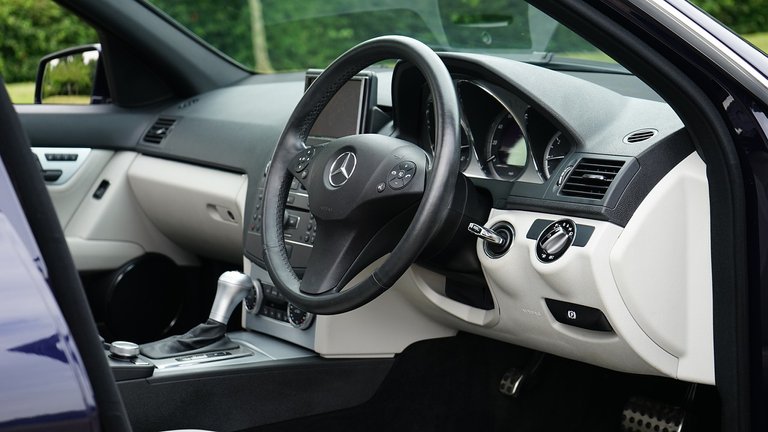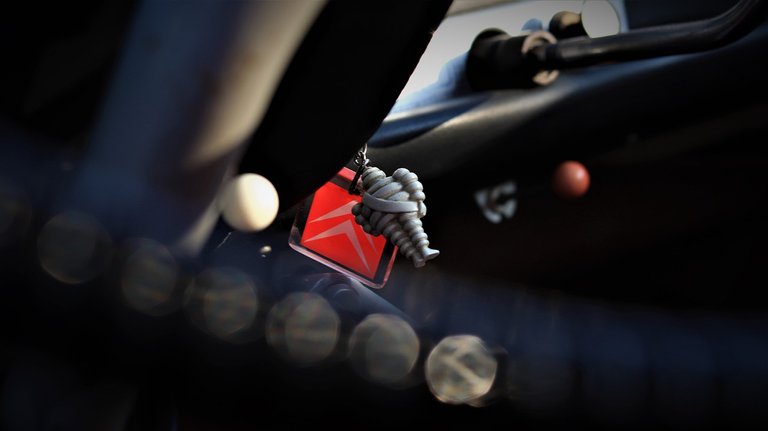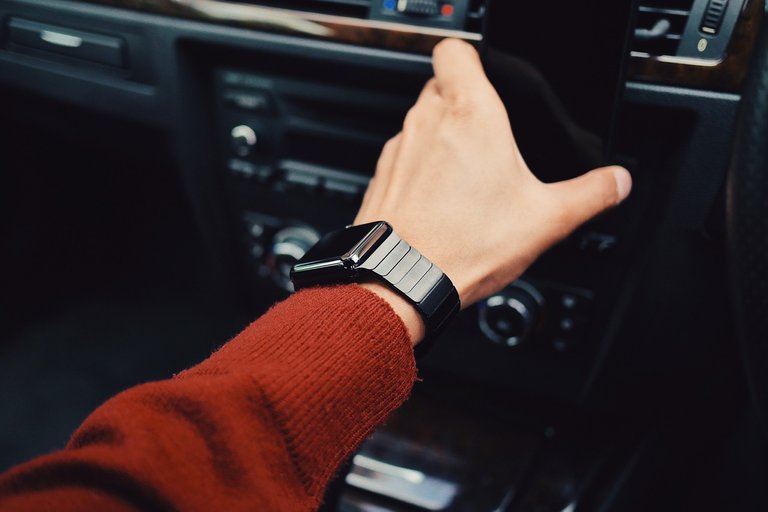
Image credit: MikesPhotos (Source: Pixabay )
Before independent vehicles partake in street traffic, they should show definitively that they don't represent a threat to other people. New programming created at the Technical University of Munich (TUM) forestalls mishaps by foreseeing various variations of a traffic circumstance each millisecond.
A vehicle moves toward a crossing point. Another vehicle streams out of the go across the road, however, it isn't yet certain whether it will turn right or left. Simultaneously, a person on foot ventures into the path straightforwardly before the vehicle, and there is a cyclist on the opposite side of the road. Individuals with street traffic experience will when all is said in done evaluate the developments of other traffic members effectively.
"These sorts of circumstances present a huge test for autonomous vehicles constrained by computer programs," clarifies Matthias Althoff, Professor of Cyber-Physical Systems at TUM. "- regardless of how confounding the traffic circumstance."

Image credit: milanbauer (Source: Pixabay )
Algorithms that peer into what's to come
A definitive objective when creating programming for self-ruling vehicles is to guarantee that they won't cause mishaps. Althoff, who is an individual from the Munich School of Robotics and Machine Intelligence at TUM, and his group have now built up a product module that for all time breaks down and predicts occasions while driving. Vehicle sensor data is recorded and evaluated every millisecond. The product can ascertain all potential developments for each traffic member - if they cling to the street traffic guidelines - permitting the framework to look three to six seconds into what's to come.
Because of these future situations, the framework decides an assortment of development choices for the vehicle. Simultaneously, the program computes potential crisis moves in which the vehicle can be moved out of damage's way by quickening or slowing down without jeopardizing others. The self-governing vehicle may just follow courses that are liberated from predictable crashes and for which a crisis move alternative has been distinguished.

Image credit: markusspiske (Source: Pixabay )
Streamlined models for quick figurings
This sort of nitty-gritty traffic circumstance anticipating was recently considered also tedious and along these lines illogical. Yet, presently, the Munich research group has indicated not just the hypothetical reasonability of ongoing information investigation with synchronous recreation of future traffic occasions: They have likewise shown that it conveys solid outcomes.
The brisk counts are made conceivable by rearranged dynamic models. Supposed reachability investigation is employed to work potential future positions a vehicle or someone on foot might expect. At the purpose, once all attributes of the road shoppers are considered, the computations become restrictively tedious. that's the rationale Althoff and his collaboration with rearranged models. These are higher than the real ones concerning their scope of movement - yet, numerically less complicated to deal with. This improved chance of development permits the models to portray a much bigger range of potential positions but incorporates the set of positions expected for real street clients.

Image credit: fancycrave1 (Source: Pixabay )
Genuine traffic info for a virtual test condition
For their assessment, the PC researchers made a virtual model dependent on genuine information they had gathered during test drives with a self-governing vehicle in Munich. This permitted them to create a test domain that intently reflects regular traffic situations.
The PC researcher stresses that the new security programming could streamline the improvement of autonomous vehicles since it could also be joined with all customary movement management programs.
Reference:
Materials provided by Technical University of Munich (TUM).
Journal Reference:
Christian Pek, Stefanie Manzinger, Markus Koschi, Matthias Althoff. Using online verification to prevent autonomous vehicles from causing accidents. Nature Machine Intelligence, 2020; 2 (9): 518 DOI: 10.1038/s42256-020-0225-y
Smart cars can be dangerous.
It's all about perception.
Agreed, perception is a critical factor.